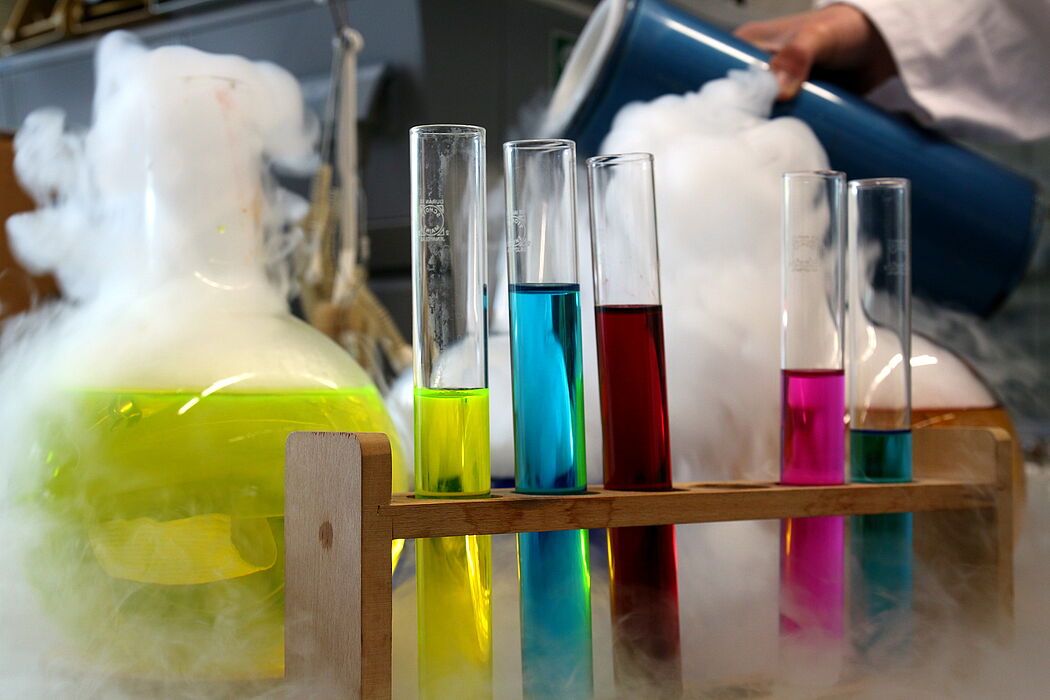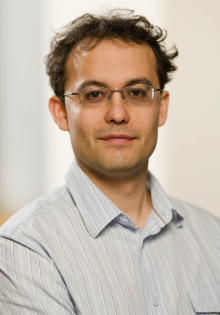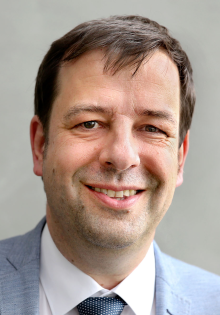Researchers at Paderborn University develop new method for calculating molecular states
Quantum computers are one of the key future technologies of the 21st century. Their potential surpasses even the best supercomputers. They have proven to be a powerful tool, in particular for solving complex computational problems – a task that pushes the limits of classical hardware. One promising application for quantum computing is quantum chemistry, where it is used to solve, for example, the ‘electronic Schrödinger equation’, to predict the atomic structure of materials or molecules. In research, computer simulations are essential for treating such issues. With numerical methods, however, this is only possible to a limited extent on classical computers. Researchers at Paderborn University have now found a way to efficiently run simulations with large molecules on quantum computers, which should provide information about their energies and nuclear forces. The researchers focus on parallelisation and propose a new algorithm and techniques for reducing the qubit count, the number of quantum programs and the depth of these programs. The aim is to minimise the error rate, among other things. Their findings were recently published in the journal ‘Physical Review Research’.
“It makes the problem parallelisable.”
Although quantum computers have the edge when it comes to solving complex computing tasks, they require extremely high computing resources to do this. The efficient investigation of chemical properties still therefore poses a challenge today. But: Qubits – the fundamental units of information in quantum computing – make this possible. These are, however, prone to error, resulting in ‘quantum noise’. Professor Thomas D. Kühne and his colleagues at Paderborn University have come up with a solution to this: “We have developed a new algorithm, which we have used to divide complex calculations into several small sub-units. This reduces the required qubit count and makes the problem parallelisable. This means that calculations are performed one after the other,” explains Kühne, who heads up the university’s Theoretical Chemistry working group. Dr Robert Schade, a scientific advisor at the new high-performance computing centre at the Paderborn Center for Parallel Computing (PC²) who is also involved in the project, adds: “This means that much larger molecules than before can be simulated on a quantum computer with a given qubit count and their electronic structure studied. Due to its specific nature, the proposed algorithm also has a high noise tolerance. This means that calculations are numerically stable, despite the noise.”
Approximate computing: Approximate results suffice
“Noise in the nuclear forces that virtually hold the particles together can be compensated for in simulations in the spirit of approximate computing, whereby accuracy of calculations is abandoned in favour of a reduction in runtime or the required electrical power. Therefore, instead of accurate results, what you work with are approximate results, which are perfectly sufficient. The investigation of the representability of very special quantum states, the optimisation of the measurement programs and the integration with molecular dynamics programs are the subject of future research,” says Professor Christian Plessl, Director of the Paderborn Center for Parallel Computing (PC²) at Paderborn University. The researchers are confident that the method they have developed will be suitable for use in quantum computers in the future.
Read the article here: https://doi.org/10.1103/PhysRevResearch.4.033160



